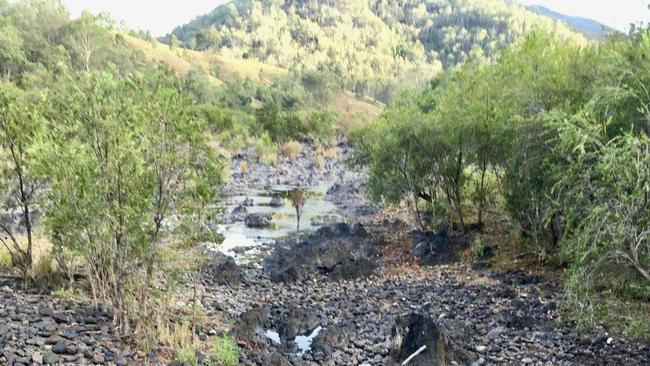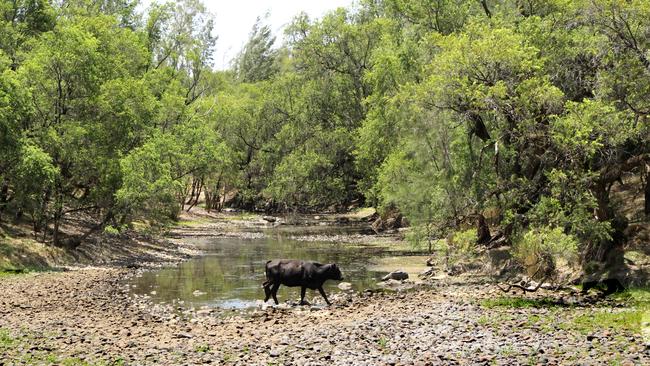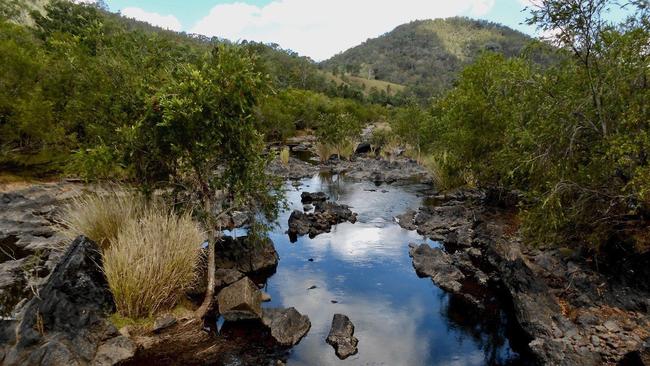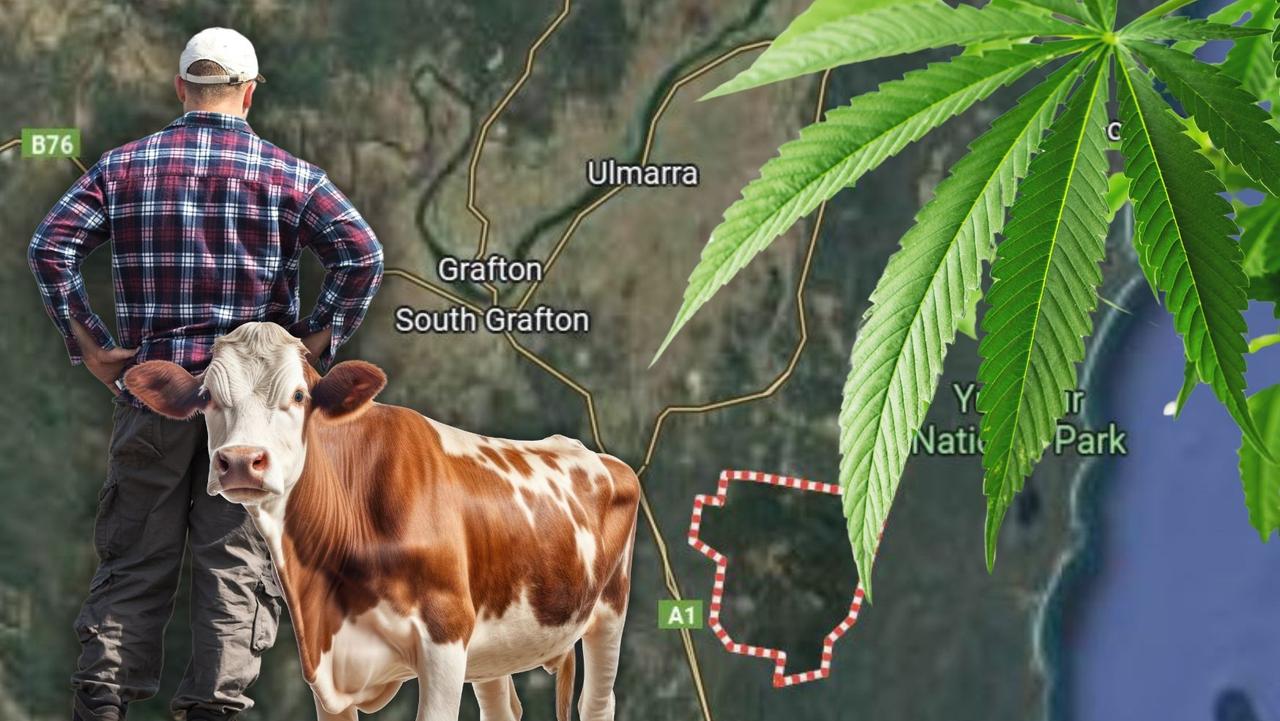Council smells a mole on dam investigations
$24m for dam project prompts fresh concerns over Clarence River diversion

Grafton
Don't miss out on the headlines from Grafton. Followed categories will be added to My News.
CONCERNED over the potential for water to be diverted from the Clarence River catchment, Clarence Valley Council have made a submission to NSW parliament.
Fearful of State Government plans to progress the Mole River Dam - a project with links to past diversion plans - Council wrote to a parliamentary inquiry into dams and water infrastructure reiterating their opposition to such proposals.
"The Clarence community has repeatedly raised concerns regarding diversion proposals
such as through the "Not a Drop" campaign and representations to councillors," general manager Ashley Lindsay said.
"It should be noted that during the recent drought, in October 2019 the Clarence River actually stopped flowing.
"Council has considered the issue of diversion on numerous occasions, and its position has consistently been to oppose any diversion."

Inland water diversion has a been a highly contentious pipedream of various governments throughout history and was brought up again by a number of councils that want the federal government to prioritise it once again.
However, the Clarence community has long been vociferously opposed to those plans.
In 2007, a diversion scheme touted by the Howard Government proposed pumping water from a dam in the Mann River into the Upper Mole River dam and an engineer behind the scheme said it would have reduced Clarence River flow by as much as 20 per cent.
In a 2019 'Fact Sheet' on the Mole River Dam project, Water NSW said the key benefits would flow to farmers and community in the Border Rivers region across NSW and Queensland.
"(The project) enables sustained on-farm productivity as a result of more reliable and secure
water supply, increases reliability for agricultural production and will help secure existing jobs
and create new opportunities.
"(It) supports the downstream Barwon-Darling system through increased flow reliability and associated environmental health outcomes.

However, with the State and Federal Government kicking in $24 million to fund a Final Business Case for the Mole River Dam, the concern is that it could pave the way for new push to divert water from the Clarence into the struggling Darling River system.
"Any diversion of the Clarence is considered to adversely impact both the local economy (in particular the fishing industry), and also the natural environment," Mr Lindsay said.
"Diversion of the Clarence would reduce the well documented benefits of flood flows, which include increased soil fertility, flushing and spreading of nutrients, groundwater recharge, and
maintaining the natural ecological cycle, including fish breeding in the estuary."
While there has been no decision on where the Mole River Dam would be placed, the 2017 Feasibility Study noted one potential site - the Lower Mole Site - would submerge an abandoned arsenic mine with heritage significance.
The report recommended the Upper Mole Site be the focus of more study as the arsenic mine prompted pollution and water quality concerns especially in the event of flooding.


